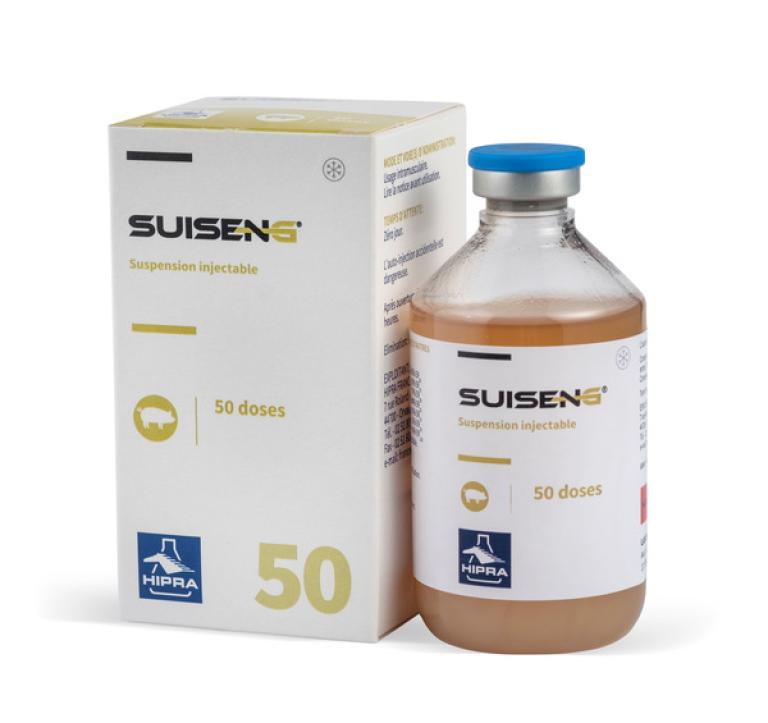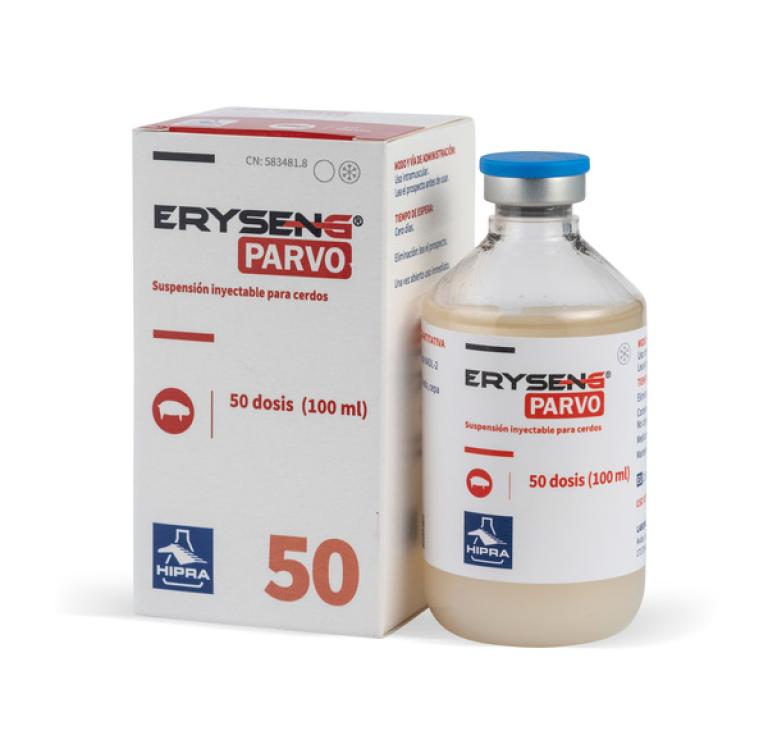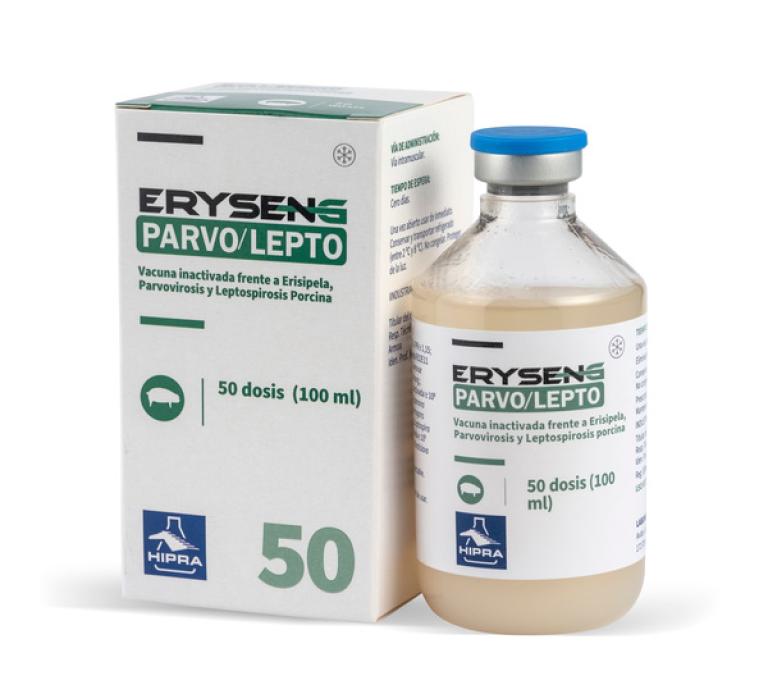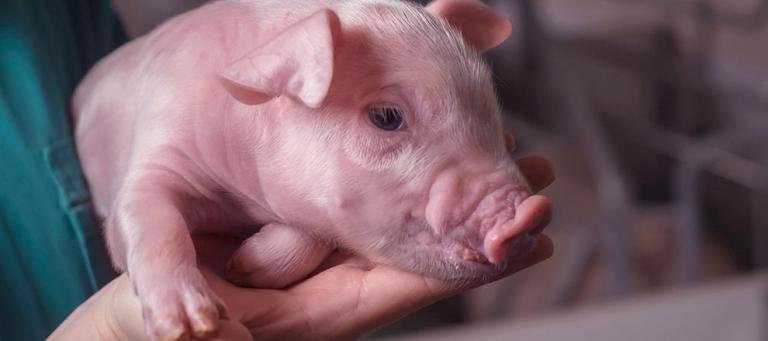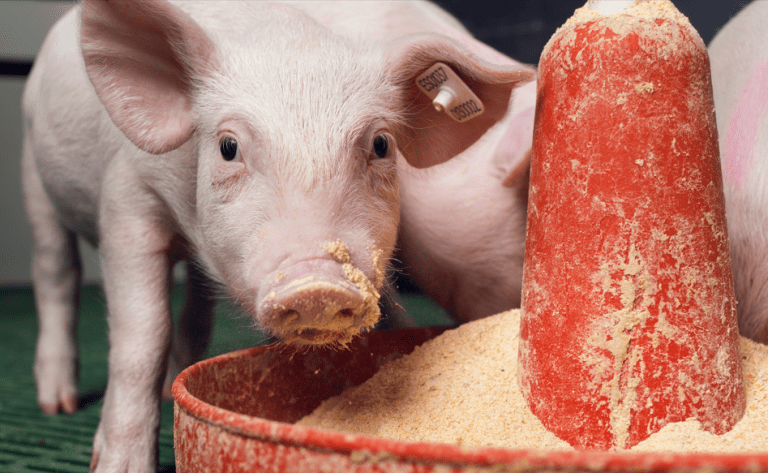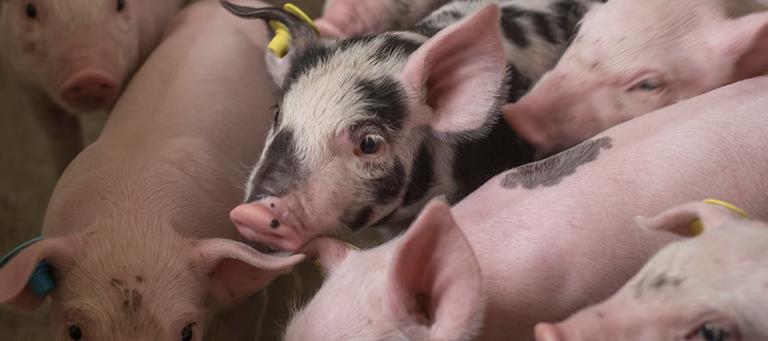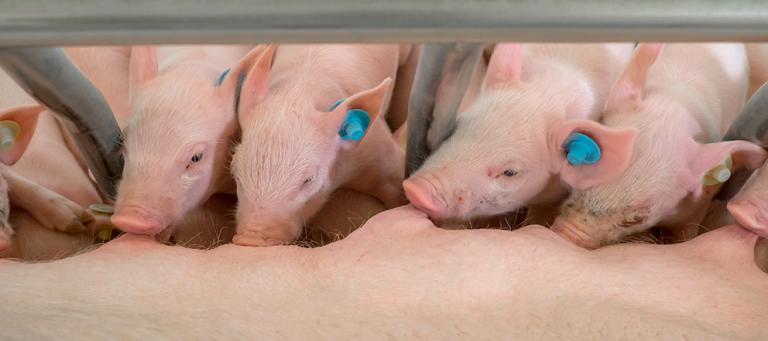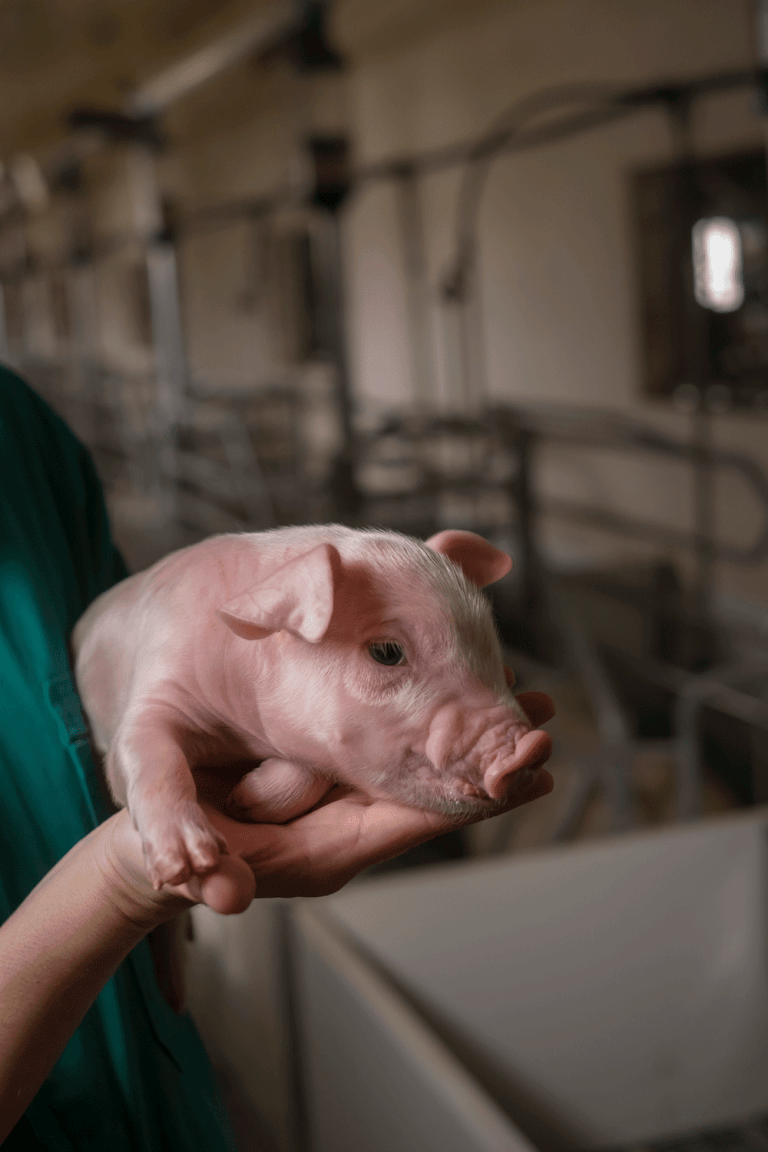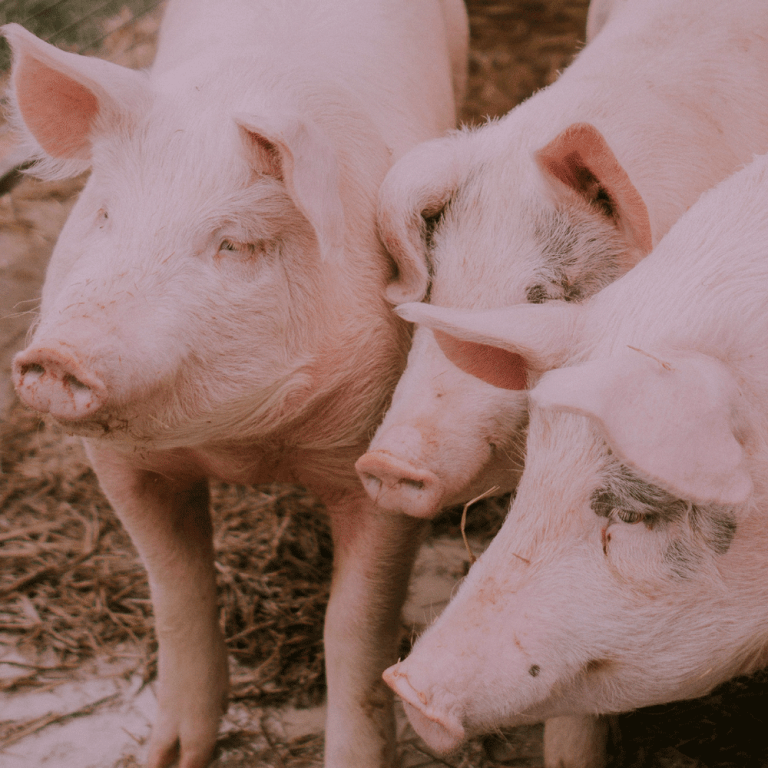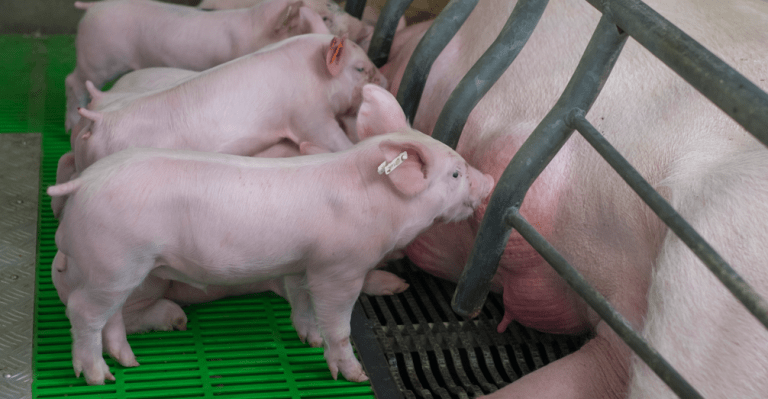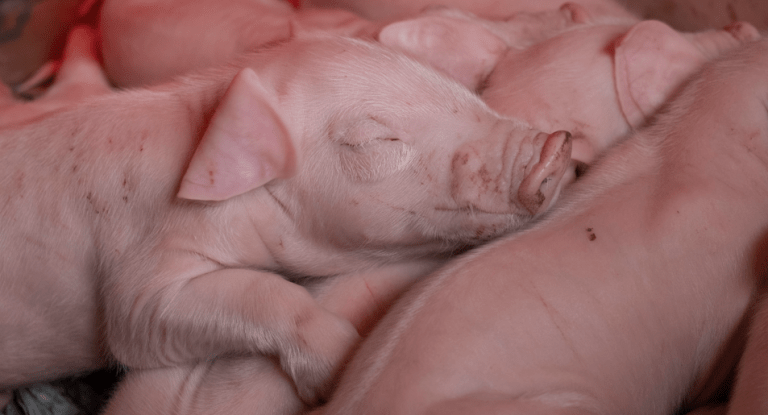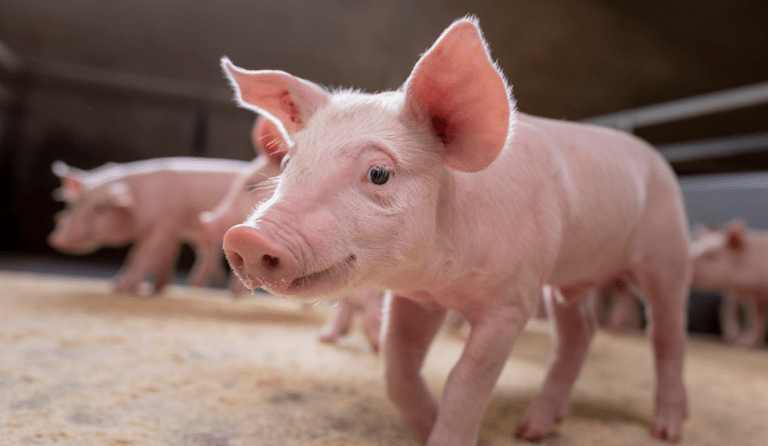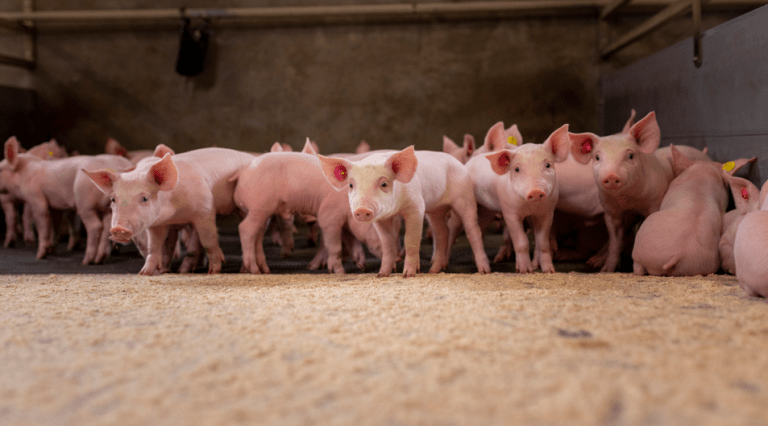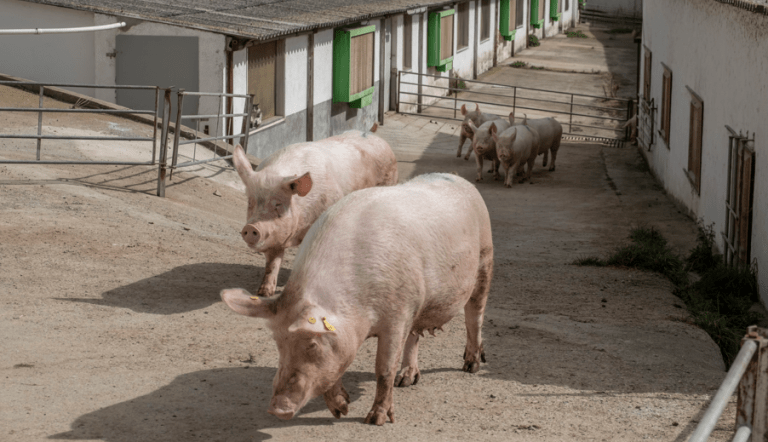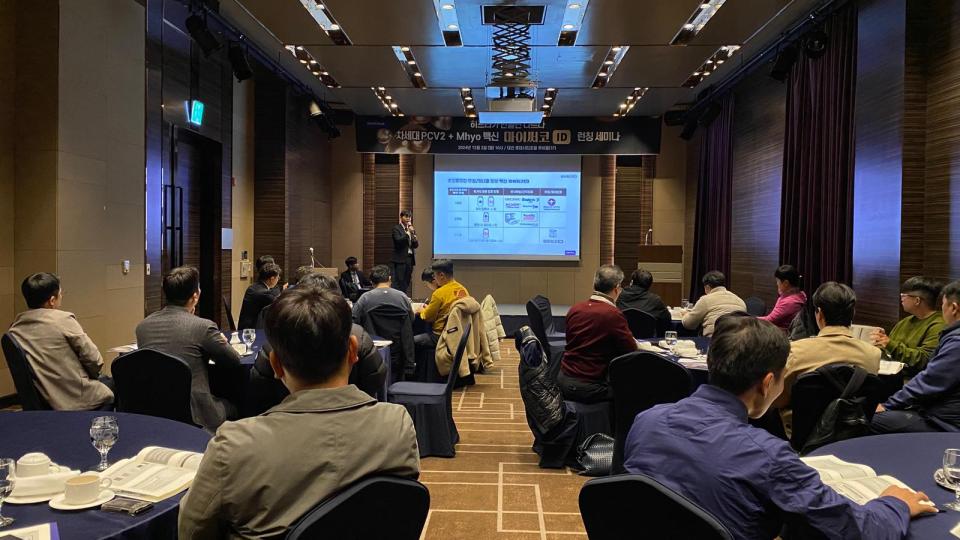Article written by:
Enric Marco i Granell
Marco Vet Group Veterinary Consultancy, Spain
4a. MANAGEMENT: Cross-fostering & Neonatal Diarrhoea
The genetic improvement in breeding sows has meant that we have to deal with animals that are able to produce more piglets than they can feed.
We call this type of sow hyperprolific and they represent a revolution in modern pig farming.
But hyperprolificacy also represents a challenge to the farmer, as the average weight of the piglets produced has decreased, with the number of low-weight piglets increasing in particular.
The fact that they are able to produce more piglets than they have teats to feed them has also meant that there is a need for management techniques such as cross-fostering, which, whilst they are not new, have never been used with the frequency and creativeness with which they are used nowadays.
Cross-fostering has become an essential management technique for suckling piglets, but if poorly implemented it can be the cause of problems, the most common of which is diarrhoea.

Sanjoaquin, L. y Vela, A. ThinkinPig. 2015
Before any piglet is moved from its original litter, it must be ensured that all the piglets have taken a sufficient quantity of colostrum from their mothers (6-12 hours).
In the case of large litters, the rush to place supernumerary piglets means that some are moved too early, thereby limiting their intake of colostrum.

Colostrum IgG and diarrhoea - Martineau, GP. 2009
Despite this, the movement should not be delayed for more than 24 hours, because the earlier they are moved, the earlier they will accept their new mother, as the distribution of teats has not yet been established and nor have the free teats dried off (they dry off after 3 days of not being used).
The main objectives of cross-fostering are:
- Provide the option of feeding to those piglets which do not have it.
- Offer the best options to low-weight or weak piglets.
When cross-fostering is not carried out correctly, the results may be the opposite of what is intended, with an increase in diarrhoea and pre-weaning mortality.
It is common for the smallest piglets to be placed with primiparous sows, as these have the slenderest teats, which are theoretically easier for them to use.
But this type of decision often causes problems of diarrhoea and increased mortality.
Primiparous sows have a more difficult milk let-down despite having good milk production, and low-weight or weak piglets may not have the strength necessary to stimulate the flow of milk, causing pain in the sow’s teat, causing her to reject the piglets.
This will end with a lack of food, loss of body heat and may diarrhoea or, in the worst cases, the piglets will die because of being crushed when seeking food when they should be in their nest.
Primiparous sows should keep their piglets or, in the case of cross-fostering, they should always foster large piglets which are able to extract their milk and stimulate production.
Lower weight piglets should be placed with parity 2 or 3 sows, still with long and slender teats, but with an easier milk let-down.
Whole litters of low-weight piglets should be avoided, as there are fewer mortalities when they account for less than 50% of the litter (Muns, R. et al, 2014).
Mortality in litters of low-weight piglets is also reduced when fewer piglets are placed with the sow than she could manage in theory based on the number of available teats.
The ideal would be not to exceed 11 piglets per sows.

Mortality according to weight and size of the litter - Thorup, F. 2009
The increased percentage of low birth weight piglets gives rise to a second problem, which is that there will be a higher percentage of low-weight piglets at weaning.
The obsession with having equal weights at weaning often results in some piglets being held back.
That is to say, leaving the piglets to suckle for another week or two, so that their weight equals that of the others.
This type of practice is risky as it can help to perpetuate the problems in the farrowing units as it does not allow the necessary All In All Out management.
It goes without saying that when piglets that are held back or are cross-fostered by other sows are runt piglets, as a consequence of having suffered a problem of diarrhoea, the health risk is even greater.
The evidence of poor hygiene management in the farrowing unit will always be diarrhoea, so that this type of practice should not be carried out on a regular basis.
To sum up…
As we have seen, cross-fostering is essential when one is working with highly prolific genetics, but it has to be carried out appropriately and it should never become the solution to a health problem.
REFERENCES:




